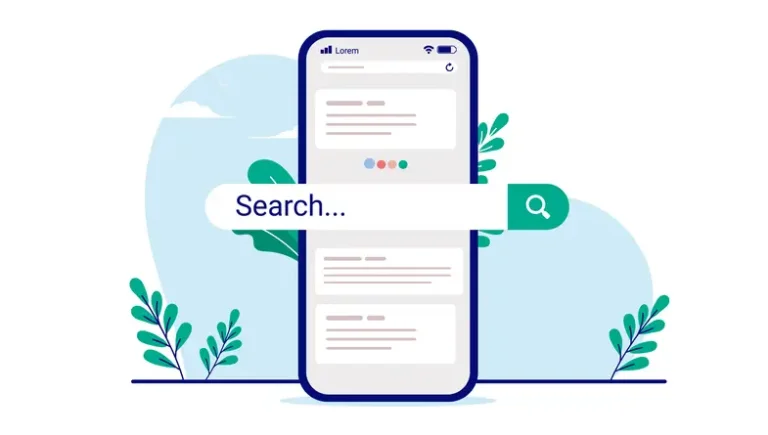Not knowing your customer base can prevent you from reaching your goals

How to collect the data necessary to create a strong understanding of your user
Have you checked to make sure your product has a customer base before launching? It’s easy to assume that, if you and friends around you have a need, that others will have similar needs to be met. But what solid data do you have to back up your assumptions?
If you have not already built a user persona, you may not have a clear and research based idea of who your customers really are. As you build out, continual testing may prove or disprove the hypotheses on user interaction. Potential users may interact with the finished product differently than how you assume they will. Strong data to back up or disprove prior assumptions is hard evidence for your design choices. With it, you can explain to shareholders how to create a better experience for the right people.
A user persona is the fictional personification of the ideal user base. While a proto-persona is based on the assumptions of whom you think your user base is, a user persona is based on data.”
Standard Beagle
Clearly identify your business goals
A good start to creating your product as a whole is to have a goal in mind. For instance, your goal may be to create an app to satisfy a need, or a website to inform people about an organization. With a goal in mind, research must be conducted to answer any questions you may have about your potential user. This could be about their daily habits, their pain points surrounding the issue you are trying to resolve, and if your users have a real need for the product.
Other questions may include information about their age, their internet browsing habits, or their salary. For example, the research needed to understand a user needing a pet-sitting app will be different from questions on how users find information about local non-profits. Tailoring a thorough plan of attack is an important foundation to the usefulness of your product.
Gather quantitative data
Surveys are a way to gather quantitative data.
When conjecture and anecdote aren’t enough to convince shareholders of your position, having unbiased quantitative research will. Quantitative data can help you get a sense of your user base with data on demographics and a broad sense of their habits. With a large group of survey responses, you can get clearer statistics on who you should target for your product.
Additionally, the analytics taken from survey responses can weed out people who will or will not utilize your product. You can define what differentiates those two groups of users, and design more effectively.
The benefit of qualitative research
To truly design empathetically, you will need to go beyond hard numbers. This is where qualitative research and user interviews come in. First, find people whose general demographics line up with survey results or your hypothetical customer base. Second, interview them to see if their answers line up with your assumptions or not. This will give the important insights into “why” your user base behaves the way they do.
While asking “why” you can better understand the exact pain points that can’t be answered on a multiple choice survey.”
Standard Beagle
What’s more, other illuminating insights can be gleaned through open-ended and probing questions. Interviewees may drop valuable tidbits of information. They may even flat out explain why they need or don’t need the solution your product is offering. They could offer a solution that you had not thought of before.
Avoid major blunders
Download our free checklist to help you keep track of what items to review to improve the user experience of your website.

Remember to give the interviewee questions they will need to offer an explanation to answer. Keep from leading them to the answer you want to hear to validate your research goal. In doing so, you can get the surprising insights you didn’t know you needed.
Why you should start user testing your product
Watching interviewees use prototypes can give another window into how your user base will interact with the final product. If a survey gives numerical data on ‘who’ a user is, and interviews provide the user with a way to explain ‘why’ they act the way they do, observational data in the form of ethnographic studies will truthfully show ‘how’ they interact with a product.
By giving the user the opportunity to organically go through prototypes, you can validate any theoretical browsing habits gathered from interviews.
User testing can also validate minimum viable product (MVP), provide clarification on how customers are interacting with your product, and identify their usage patterns.
Keep an open mind
At the center of your research it is vital to remain open-minded to the data. Openness to new ideas and solutions will help you uncover new solutions and opportunities. Oftentimes, original assumptions and goals may need to be reassessed. If the information collected through research does not validate those goals, reassessment is crucial. Questions that lead your user to a desired answer for the sole purpose of proving your assumptions correct defeats the purpose of the research. Invalidating data, however, does not mean you need to throw out your original goals and research.
On the contrary, disproving initial ideas can open the way for pivoting your research to build a more useful product. You can gain more useful insights into your user base. If the research does not follow your desired line of thinking, it can be more of a win than a loss. In essence, being able to say your initial assumptions were incorrect shows your willingness to create an effective product for your user.
Have empathy
Without empathetically designing with the user at the heart of your research, you have no customer base. As UX designers, it is essential for us to be the bridge between the goals of the shareholders and the needs of the users. Not only that, but we must be able to back up design choices with evidence of their usefulness. Meticulous research may delay getting to the building phase of designing, which can be frustrating. However, it will lay solid basis from which to build from and refer to.
A clear picture of who your customer base is, why they need your product, and how they’ll use it will clarify what exactly you need to do to develop a successful product.
Learn more by checking out these resources
Quantitative Research by Interaction Design Foundation
5 Benefits of Usability Testing by Standard Beagle
Understanding Your Users: A Practical Guide to User Research Methods by Kathy Baxter, Catherine Courage, & Kelly Caine
How To Get To Know Your Users by Smashing Magazine











